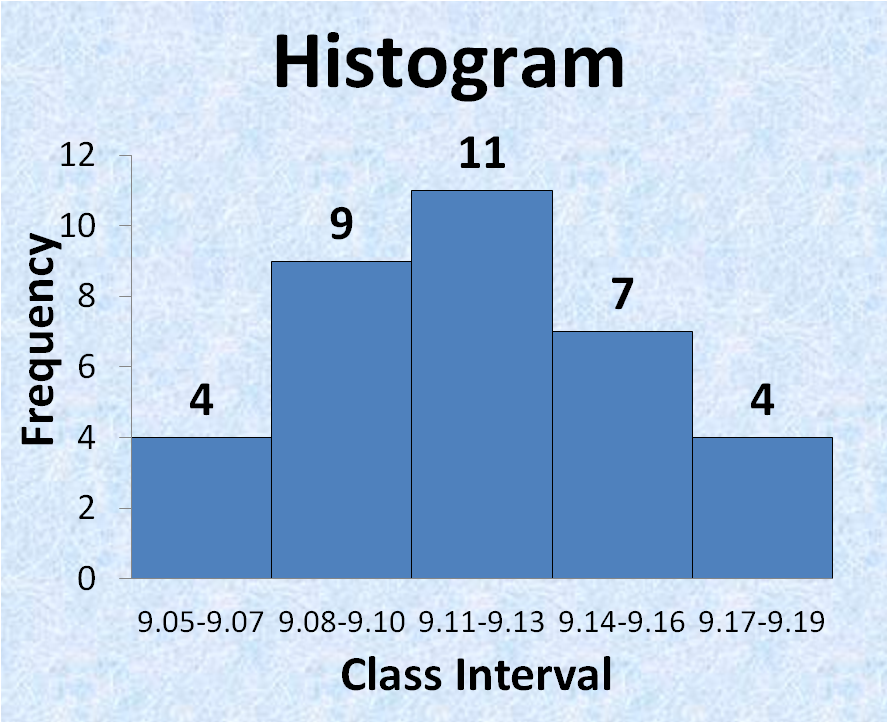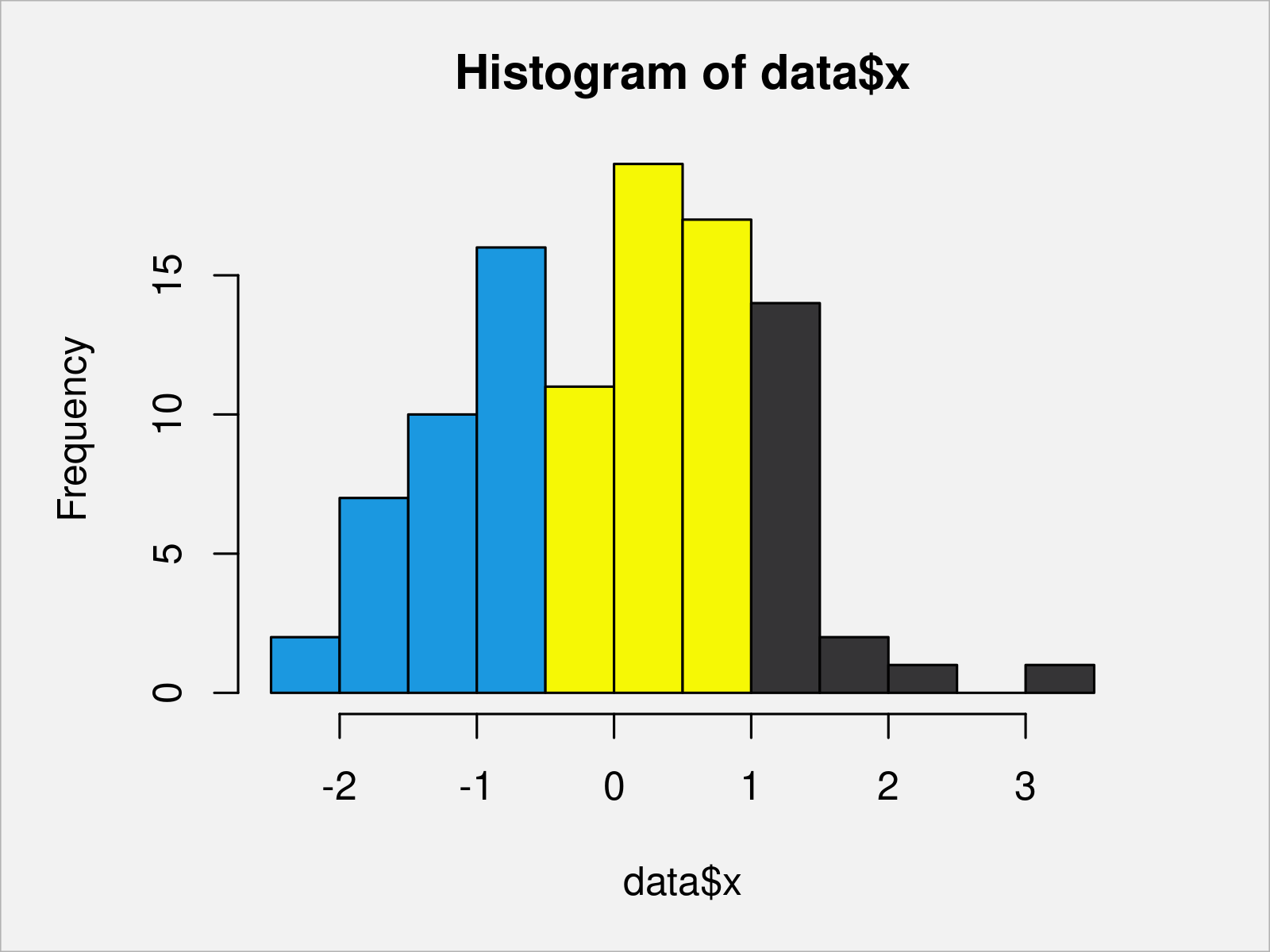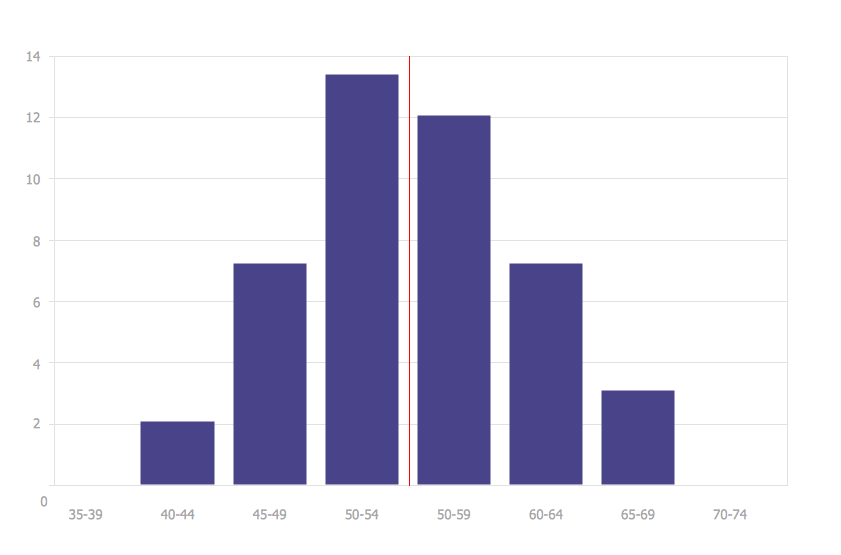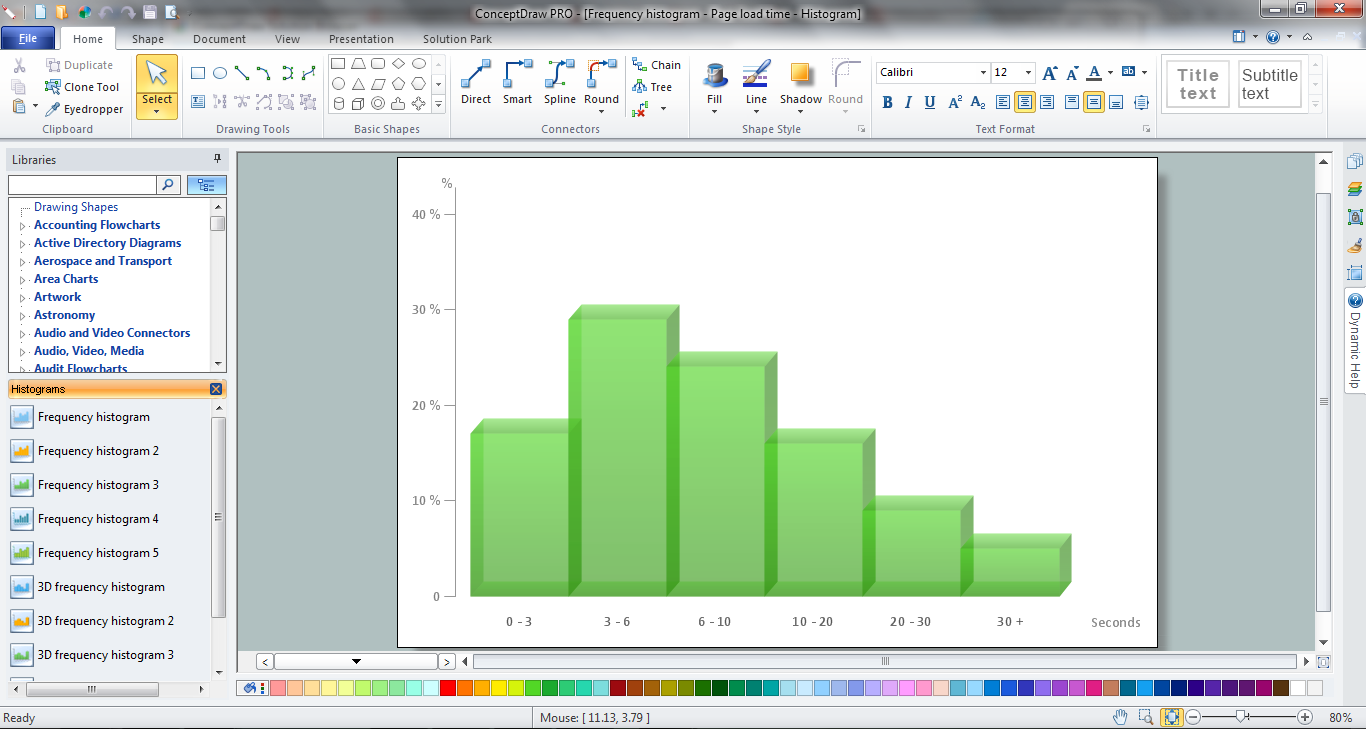How to draw a histogram
Table of Contents
Table of Contents
Are you looking to visualize the distribution of your data in a clear and concise way? Look no further than the histogram, a powerful tool that can help you make sense of your data and identify patterns and trends.
When it comes to drawing a histogram, many people may feel intimidated or unsure of where to start. Perhaps you are unsure of how to select the appropriate bin size, or maybe you are unsure of how to interpret the results. Whatever your concerns may be, rest assured that drawing a histogram is simpler than you may think, and with a few helpful tips, you can create informative and visually appealing histograms in no time.
So, how do you draw a histogram? First, you will need to gather your data and decide on an appropriate bin size. A bin is a range of values that are grouped together in the histogram. Once you have determined your bin size, you can begin to plot your data on the histogram, with the x-axis representing the bins and the y-axis representing the frequency of those values. Finally, you can add labels and formatting to your histogram to make it as clear and easy to interpret as possible.
In this article, we will explore some key tips and best practices for drawing histograms, including selecting an appropriate bin size, interpreting your results, and formatting your histogram for maximum impact. We will also provide some real-world examples of using histograms to analyze data in scientific research and other applications.
Understanding the Target of How to Draw a Histogram
When it comes to drawing a histogram, the target is to accurately and visually represent the distribution of your data. A histogram can help you to identify patterns and trends in your data, such as the presence of outliers or the presence of multiple modes. By drawing a histogram, you can gain insight into the behavior of your data and make more informed decisions based on that information.
Personally, I have used histograms in a variety of settings, from analyzing the frequency of certain genetic mutations in cancer patients to tracking the distribution of customer demographics in a business setting. In each case, the histogram has been a powerful tool for identifying patterns and making sense of complex data.
Key Tips and Best Practices for Drawing a Histogram
1. Determine your bin size: Before you start plotting your data, it is important to select an appropriate bin size. Too few bins can oversimplify the data and obscure important patterns, while too many bins can make the histogram difficult to read and interpret. A general rule of thumb is to select a bin size that is equal to the square root of the number of data points in your set.
 2. Plot your data: Once you have selected your bin size, you can begin to plot your data on the histogram. Begin by dividing your data into the appropriate bins and counting the number of values in each bin. Then, plot those values on the histogram, with the x-axis representing the bins and the y-axis representing the frequency of those values.
2. Plot your data: Once you have selected your bin size, you can begin to plot your data on the histogram. Begin by dividing your data into the appropriate bins and counting the number of values in each bin. Then, plot those values on the histogram, with the x-axis representing the bins and the y-axis representing the frequency of those values.
 3. Add labels and formatting: Finally, you can add labels and formatting to your histogram to make it as clear and easy to interpret as possible. This may include adding titles, axis labels, and legends to your chart, as well as selecting appropriate colors and fonts.
3. Add labels and formatting: Finally, you can add labels and formatting to your histogram to make it as clear and easy to interpret as possible. This may include adding titles, axis labels, and legends to your chart, as well as selecting appropriate colors and fonts.
 ### Diving Deeper: Interpreting Your Results
### Diving Deeper: Interpreting Your Results
Once you have drawn your histogram, it is important to interpret the results and gain insights from your data. Some key factors to consider when interpreting your histogram include the shape of the distribution (i.e. is it symmetrical, skewed, or bimodal?), the presence of outliers, and the range of values included in your data set.
For example, if you are analyzing a data set of test scores, a histogram could help you to identify whether the scores are normally distributed, or whether there are clusters of high or low scores that may indicate areas for improvement in the classroom.
Real-World Examples: Using Histograms in Scientific Research
Histograms are also commonly used in scientific research, particularly in fields such as biology, genetics, and environmental science. For example, a biologist may use a histogram to track the frequency of different species in a given habitat, while a geneticist may use a histogram to analyze the frequency of certain mutations in a population.
This type of research can yield valuable insights into the behavior and distribution of populations, helping to inform decisions in areas such as conservation, healthcare, and public policy.
Question and Answer
Q: How do I select an appropriate bin size?
A: A general rule of thumb is to select a bin size that is equal to the square root of the number of data points in your set. However, it is also important to consider the range of values in your data and the level of detail you would like to see in your histogram.
Q: What is the purpose of a histogram?
A: The purpose of a histogram is to visually represent the distribution of your data, helping you to identify patterns and trends that may not be immediately apparent from the raw data.
Q: How can I use a histogram in my business?
A: Histograms can be used in a variety of business settings, such as analyzing customer demographics, tracking sales trends, or identifying areas for improvement in customer service. By drawing a histogram, you can gain valuable insights into the behavior of your business and make more informed decisions based on that information.
Q: How do I interpret the results of a histogram?
A: When interpreting the results of a histogram, it is important to consider the shape of the distribution, the presence of outliers, and the range of values included in your data set. By analyzing these factors, you can gain insights into the behavior of your data and make more informed decisions based on that information.
Conclusion of How to Draw a Histogram
Overall, drawing a histogram can be a powerful tool for gaining insight into your data and identifying patterns and trends. By selecting an appropriate bin size, plotting your data, and interpreting the results, you can create informative and visually appealing histograms that help you make more informed decisions in a variety of settings.
Gallery
What Is Histogram | Histogram In Excel | How To Draw A Histogram In Excel?

Photo Credit by: bing.com / histogram draw excel
How To Draw A Histogram With Data

Photo Credit by: bing.com / histogram
Draw Histogram With Different Colors In R (2 Examples) | Multiple Sections

Photo Credit by: bing.com / histogram syntax programming
How To Draw A Histogram

Photo Credit by: bing.com / histogram histograms draw charts age ascention presidental conceptdraw professional solution example guide park graphs
How To Draw A Histogram

Photo Credit by: bing.com / histogram draw conceptdraw graph diagram bar software histograms pro example guide graphs chart





